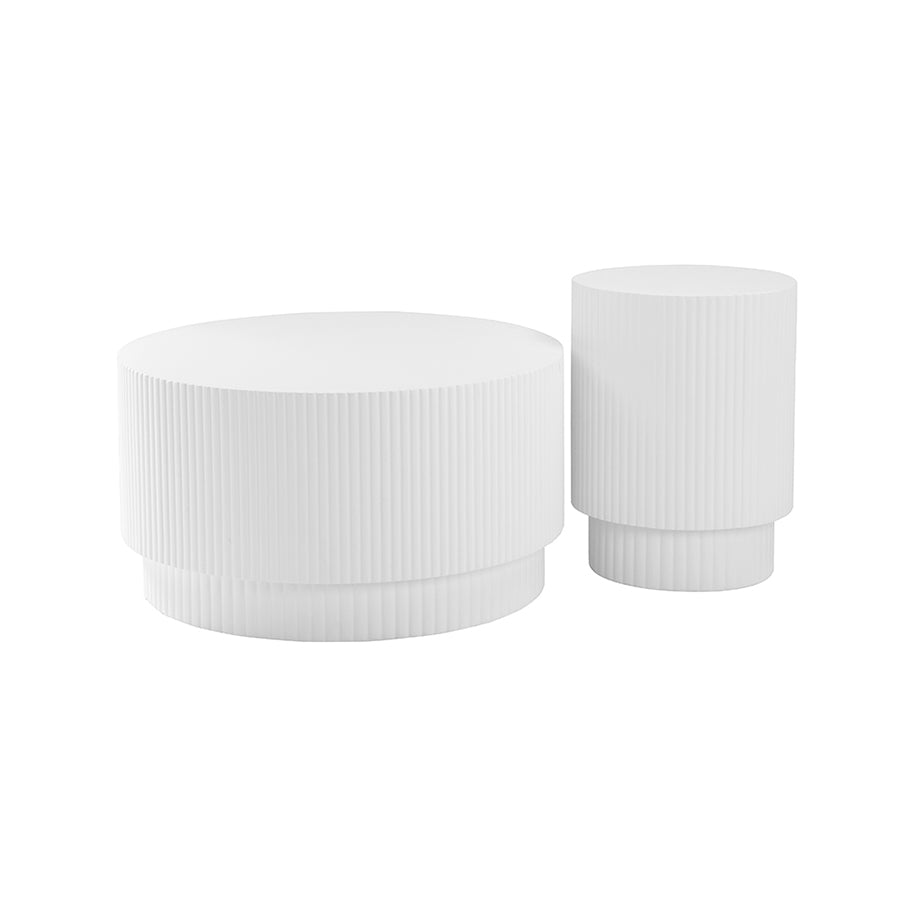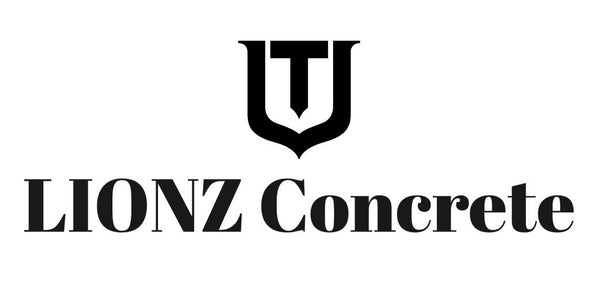The Aesthetic Art of Concrete Furniture
Share
Introduction:
In the world of interior design, concrete has transcended its traditional role as a building material to emerge as a bold and innovative choice for furniture. The raw, industrial aesthetic of concrete furniture adds a unique charm to any space, whether it's a contemporary urban loft or a minimalist home. Let's delve into the fascinating realm of concrete furniture and explore how it has become a symbol of modern elegance and sophistication.

The Rise of Concrete Furniture
Concrete has long been revered for its strength, durability, and versatility in construction. However, its potential as a design element for furniture remained largely untapped until recent years. Designers and artisans began experimenting with concrete, pushing the boundaries of what was traditionally considered possible with this material. The result? A renaissance of sorts in furniture design, marked by the emergence of sleek, sculptural pieces that challenge conventional notions of form and function.
The Artistic Process
Crafting concrete furniture is a meticulous process that requires skill, patience, and a keen eye for detail. It begins with selecting the finest quality concrete mix, ensuring the perfect balance of strength and workability. Skilled artisans then pour the concrete into custom molds, carefully shaping it to achieve the desired form. Once cured, the furniture undergoes a series of finishing techniques, such as polishing or staining, to enhance its visual appeal and texture. Each piece is a testament to the artisan's craftsmanship and dedication to their craft.
Beauty in Simplicity
One of the most captivating aspects of concrete furniture is its inherent simplicity. Unlike traditional wood or metal furniture, concrete exudes a minimalist elegance that effortlessly complements any design aesthetic. Its clean lines and understated beauty make a bold statement in any space, serving as a focal point that draws the eye and sparks conversation. Whether it's a sleek concrete dining table or a minimalist concrete bench, these pieces possess a timeless allure that transcends fleeting trends.
Durability Meets Design
Beyond its aesthetic appeal, concrete furniture is prized for its unparalleled durability. Unlike its counterparts, concrete can withstand the test of time, retaining its beauty and functionality for years to come. Its inherent strength makes it ideal for both indoor and outdoor use, resisting the elements with ease. Moreover, concrete's low maintenance requirements make it a practical choice for modern living, requiring minimal upkeep to preserve its pristine appearance.
Sustainable Style
In an era where sustainability is paramount, concrete furniture offers a compelling eco-friendly alternative to traditional materials. Made from natural ingredients such as limestone, clay, and water, concrete is inherently sustainable and recyclable. Additionally, its longevity reduces the need for frequent replacements, further minimizing its environmental impact. By choosing concrete furniture, consumers can make a conscious choice to embrace sustainable style without compromising on quality or design.
Conclusion
In conclusion, the aesthetic art of concrete furniture represents a harmonious blend of form, function, and innovation. From its humble beginnings as a construction material to its current status as a design icon, concrete has undergone a remarkable evolution in the world of furniture design. Its raw beauty, durability, and sustainability make it a compelling choice for those seeking to elevate their living spaces with a touch of modern elegance. As we continue to push the boundaries of creativity and craftsmanship, concrete furniture stands as a testament to the enduring allure of minimalist design.

